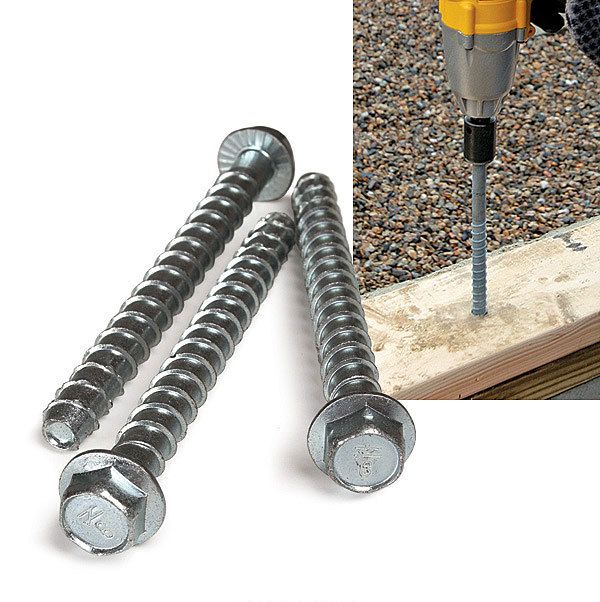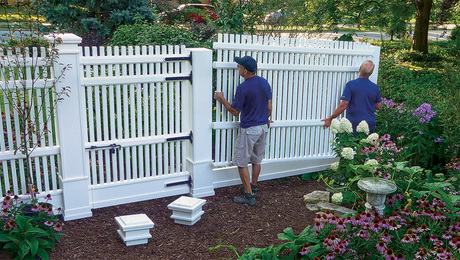Titen HD Screw Anchor Review
The Titen HD screw ancho by Simpson Strong-Tie has the engineering and code documentation that allows it to be used for fastening mudsills and wall plates to foundations and slabs and can replace traditional J-bolts in many cases

I recently told my foundation contractor not to bother installing anchor bolts during the concrete pour because I planned to secure the mudsills with Titen HD screw anchors. I had to repeat myself a few times, but I could tell that comprehension finally sank in when a big smile spread across his face.
The Titen HD has the engineering and code documentation that allows it to be used for fastening mudsills and wall plates to foundations and slabs. I first started using screw anchors to make up for missing anchor bolts where mudsills were seamed, but I liked them so much that I now use them instead of traditional J-bolts.
Using a rotary hammer, I can bore a hole in concrete in 15 to 20 seconds, and drive the threads on the anchors even make it easy to use a socket wrench in lieu of an impact wrench. Also, Titen HD anchors have fullshank diameters. In other words, a 1/2-in. Titen HD is a full 1/2in., so I can bore a hole in the concrete using a standard1?2-in., carbide-tipped bit; no undersize pilot holes or special bits are needed.
Titen HD anchors cost more than traditional J-bolts, but I don’t care. They save me time and a lot of aggravation. I don’t have to worry about locating floor joists off center to avoid bolts, or relocating bolts accidentally placed in window and door over, and onto bolts, or deal with the problems of not having enough bolt exposed, too much bolt exposed, missing bolts, or not enough washers and nuts.
Titen HD screw anchors come in several diameters and range in length from 3 in. to 15 in. (the 6-in. and 8-in. lengths are used for one or two sills, respectively). The anchor penetrates the foundation less than the 7-in. depth required by code, but Simpson’s ICC-ES reports satisfy code requirements.























Comments are closed.